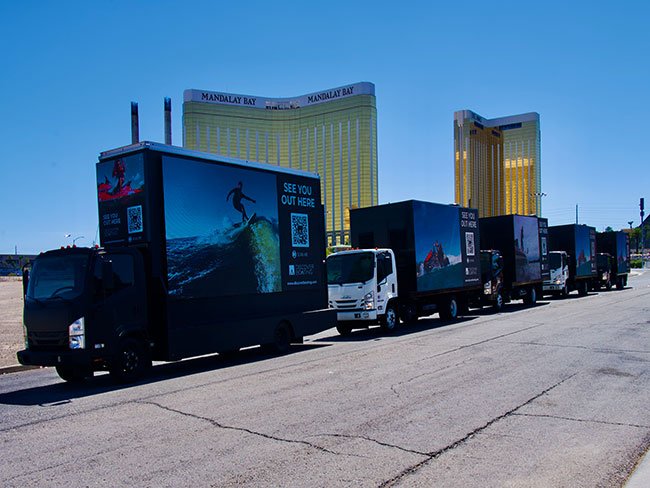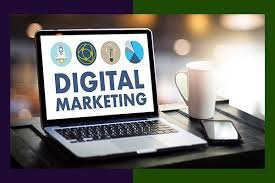Mobile Billboard Advertising: The Ultimate Guide to Capturing Attention
In today’s competitive advertising landscape, standing out and capturing attention is crucial. Mobile billboard advertising has emerged as a creative and effective way to achieve this. By utilizing moving vehicles to display large, eye-catching ads, businesses can reach a wide and diverse audience. This article delves into the concept of mobile billboard advertising, its advantages, how to implement it, and its future in the advertising world.
What is Mobile Billboard Advertising?
Mobile billboard advertising involves placing large advertisements on vehicles like trucks, buses, or bicycles. These vehicles travel through high-traffic areas, allowing the ads to be seen by a broad and varied audience. Unlike traditional static billboards, mobile billboards are dynamic and adaptable, offering advertisers unique opportunities to engage potential customers.
Advantages of Mobile Billboard Advertising:
- High Visibility: Mobile billboards are designed to be noticeable. Their size and movement make them hard to ignore, increasing brand recognition and recall.
- Broad Reach: Since these billboards move, they can cover extensive areas and reach diverse audiences, providing a broader exposure compared to stationary billboards.
- Flexibility: Advertisers can choose specific routes and times for their mobile billboards, ensuring maximum visibility in high-traffic areas during peak times. This flexibility allows for strategic targeting.
- Cost-Effective: Mobile billboards often offer a higher return on investment compared to other forms of outdoor advertising, combining the impact of large-format ads with the mobility of vehicles.
- Engaging and Memorable: The novelty of seeing a moving advertisement makes mobile billboards more engaging and memorable, leaving a lasting impression on viewers.
Types of Mobile Billboard Advertising:
- Truck-Side Billboards: These are large ads placed on the sides of trucks or trailers, traveling through busy areas to maximize exposure.
- Bus Advertising: Ads on public buses reach commuters and pedestrians. Buses often have fixed routes, making it easier to target specific areas consistently.
- Bike Billboards: Ads on bicycles are smaller but effective in urban areas, parks, and events, reaching pedestrians directly.
- Digital Mobile Billboards: Featuring digital screens, these billboards can display dynamic content like videos and animations, making the ads more engaging and versatile.
Implementing a Mobile Billboard Campaign:
- Define Objectives: Clearly state your campaign goals, whether it’s increasing brand awareness, promoting a product, or advertising an event. Clear objectives guide your strategy.
- Identify Target Audience: Determine who you want to reach. Understanding demographics, geographic locations, and behaviors helps tailor your ad content and routes.
- Design Compelling Ads: Ensure your ads are visually appealing, easy to read, and convey your message effectively. Use bold colors, clear fonts, and concise text for maximum impact.
- Plan Routes: Choose routes that provide maximum exposure to your target audience. High-traffic areas, busy intersections, and popular events are ideal for mobile billboards.
- Monitor and Optimize: Track your campaign’s performance using metrics like impressions and engagement. Use this data to refine and optimize your strategy for better results.
Measuring Success in Mobile Billboard Advertising:
- Impressions: Estimate how many people see your mobile billboard. This can be based on traffic data and the routes your advertising vehicle takes.
- Engagement: Monitor interactions resulting from your campaign, such as social media mentions, website traffic, or direct inquiries.
- Brand Recall: Conduct surveys or use third-party research to measure how well people remember your ad and brand after seeing the mobile billboard.
- Sales and Conversions: Track any increase in sales or conversions linked to your mobile billboard campaign to assess its direct impact on your business.
Challenges and Considerations:
- Regulations and Permits: Ensure compliance with local regulations and obtain necessary permits for mobile billboard advertising. Different areas have varying rules.
- Weather Conditions: Bad weather can affect the visibility and effectiveness of mobile billboards. Plan your campaigns considering potential weather impacts.
- Maintenance: Regular maintenance of the advertising vehicle and billboard is essential to keep the ads in good condition and attractive.
The Future of Mobile Billboard Advertising:
As technology advances, mobile billboard advertising will become even more innovative and effective. Digital screens allow for dynamic and interactive content, enhancing audience engagement. Moreover, advancements in data analytics will enable more precise targeting and performance measurement.
Conclusion:
Mobile billboard advertising is a powerful tool in modern marketing. Its high visibility, broad reach, and flexibility make it an effective way to engage audiences and achieve marketing objectives. By understanding its benefits, implementing strategic campaigns, and measuring success, businesses can fully leverage the potential of mobile billboards. As technology evolves, this form of advertising will continue to be a valuable asset for brands seeking to stand out in a crowded market.







